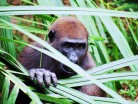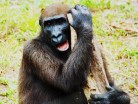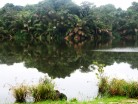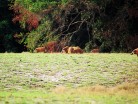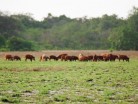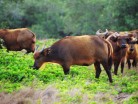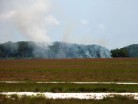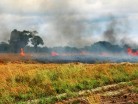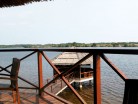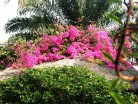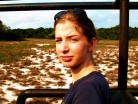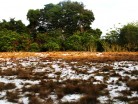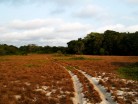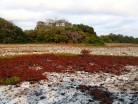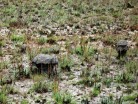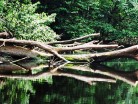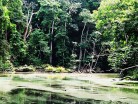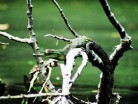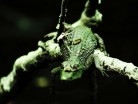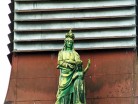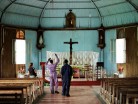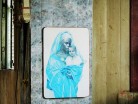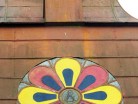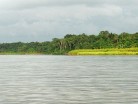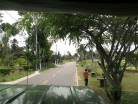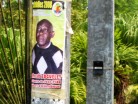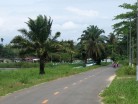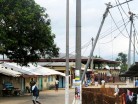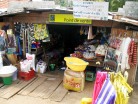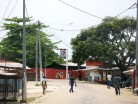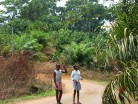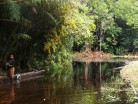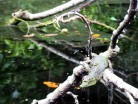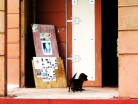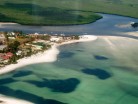Loango National Park is a national park in western Gabon. It protects diverse coastal habitat, including part of the 220 km² Iguéla Lagoon, the only significant example of a typical western African lagoon system that is protected within a national park.
Situated between the Nkomi and Ndogo Lagoons, Loango National Park is the true jewel of Africa’s western coast. The naturalist Mike Fay called Loango ‘Africa’s Last Eden’ and this is where Michael “Nick” Nichols from National Geographic also took his well-known pictures of surfing hippos. Both men call Loango the ‘Land of surfing hippos’. The park’s 1,550 km of savanna, pristine beach, forest and mangroves are a must-see in Gabon. Loango National Park offers breathtaking panoramas and the unique opportunity to observe elephants, buffalos, hippos, gorillas and leopards venturing onto the white sand beaches.
After South Africa, the world’s largest concentration and variety of whales and dolphins can be found right off the Loango coast. The area has over 100 kilometres of uninhabited coastline and humpback and killer whales are easy to observe here. This is the most beautiful spot on Africa’s western coast – the place where forests, savannas, wetlands, lagoons and ocean all come together. Loango is renowned worldwide as a site for tarpon of record size, as well as many other large saltwater fish.
